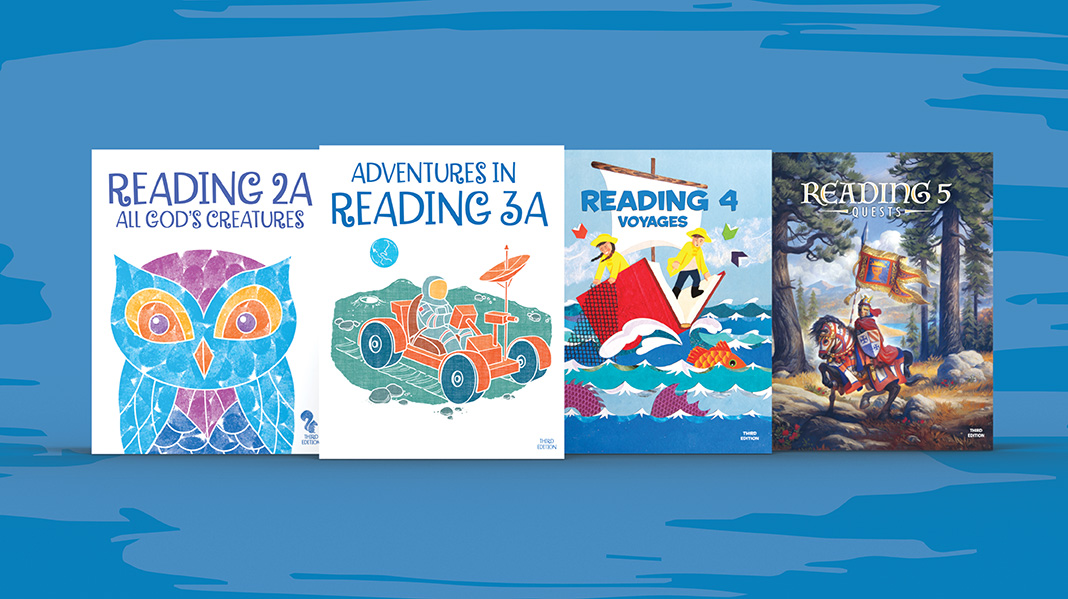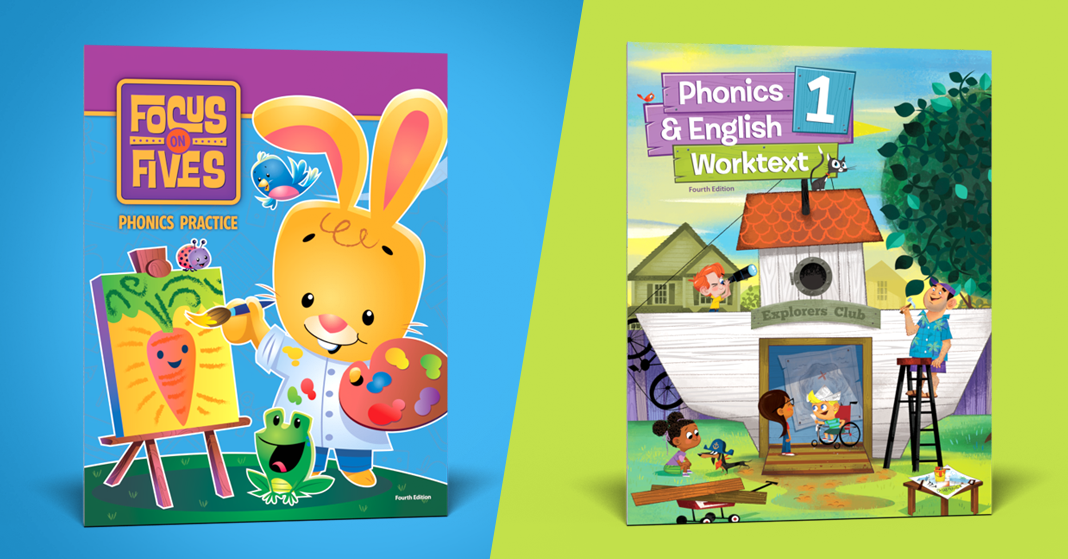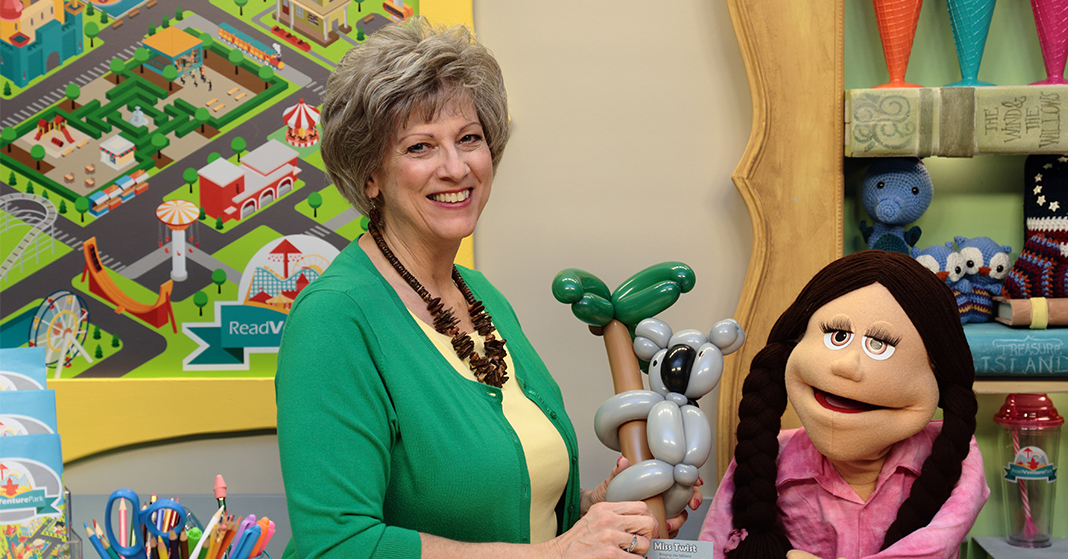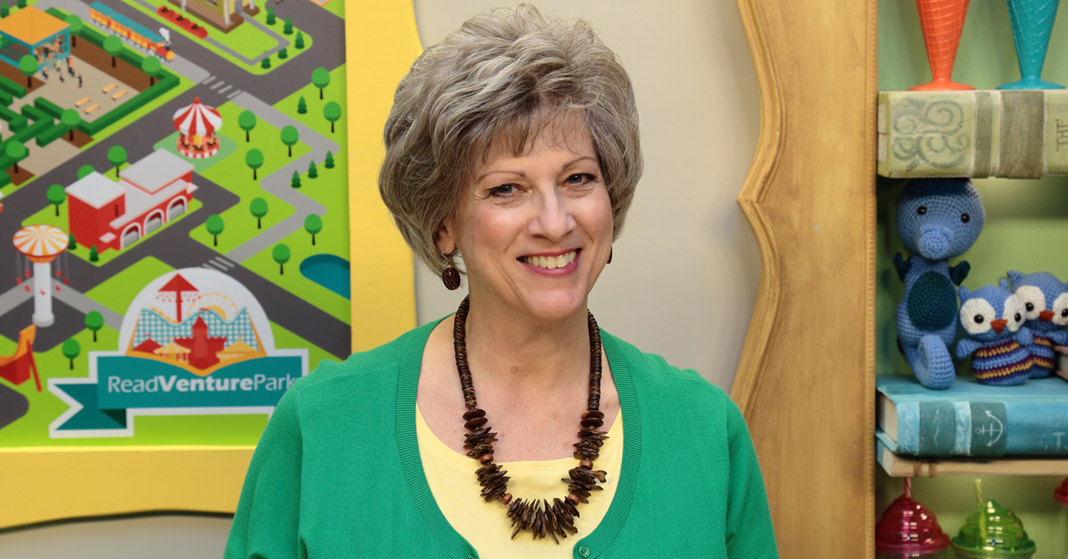
Reading is perhaps one of the most valuable life skills taught in school. But the process of teaching children how to read is very different from the process of teaching them to understand what they’re reading. Just because a child can understand the meaning of individual words, or decode them, doesn’t mean that the child is actually grasping the meaning of what he or she is reading.
At BJU Press, we have crafted our reading program to develop reading comprehension skills, rather than just decoding, from Reading 2 through Reading 5. With the upcoming release of the Reading 4 and Reading 5 video courses, all of our elementary reading materials will use the Reading Process Approach to teaching reading comprehension.
 For most of us, by the time we reach adulthood, reading comes naturally. We don’t have to think about which letters make what sounds or the rules for making different sounds. We just read. But then you look at your young children who have only been talking for a short while. How do you even begin to teach them to read? Naturally, the ABCs are a great place to start, but what comes after that? What is phonics and how are you supposed to teach it?
For most of us, by the time we reach adulthood, reading comes naturally. We don’t have to think about which letters make what sounds or the rules for making different sounds. We just read. But then you look at your young children who have only been talking for a short while. How do you even begin to teach them to read? Naturally, the ABCs are a great place to start, but what comes after that? What is phonics and how are you supposed to teach it?

